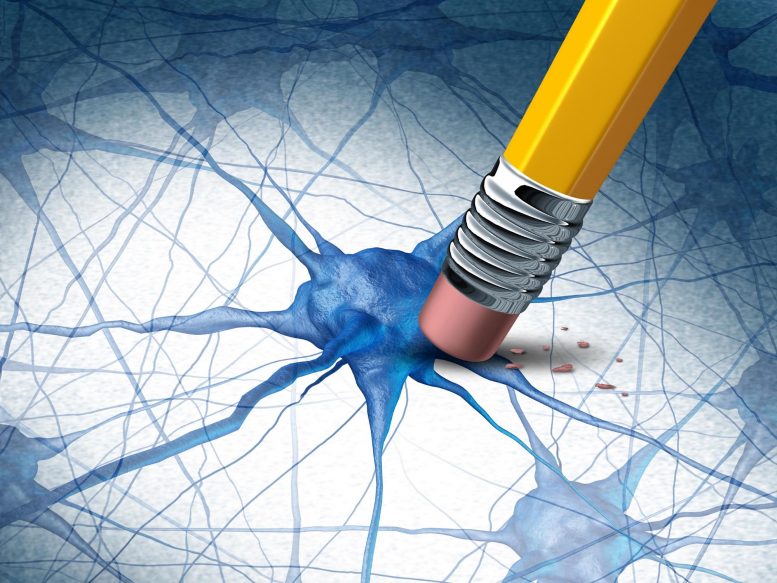
CNTNAP2, a protein produced by overactive brain cells, is found to be lacking in the brains of children with autism and epilepsy, leading to persistent overactivity and seizures.
Discovery could lead to new treatment in kids with autism and epilepsy.
- Calming brain protein is low in autism, leading to epilepsy
- No brakes on overactive brain because of mutation
- 30-50% of children with autism also have epilepsy
Why do so many children with autism often suffer from epilepsy? Northwestern Medicine scientists have discovered an important brain protein that quiets overactive brain cells and is at abnormally low levels in children with autism.
This protein can be detected in the cerebrospinal fluid, making it a promising marker to diagnose autism and potentially treat the epilepsy that accompanies the disorder.
Scientists knew when this gene is mutated, it causes autism combined with epilepsy. About 30% to 50% of children with autism also have epilepsy. Autism, which is 90% genetic, affects 1/58 of children in the U.S.
Appropriately nicknamed “catnap2,” the protein, CNTNAP2, is produced by the brain cells when they become overactive. Because the brains of children with autism and epilepsy don’t have enough of CNTNAP2, scientists found, their brains don’t calm down, which leads to seizures.
For the study, Penzes and colleagues analyzed the cerebrospinal fluid in individuals with autism and epilepsy, and in mouse models. Scientists have analyzed the cerebrospinal fluid from patients with Alzheimer’s disease and Parkinson’s disease to help diagnose disease and measure response to treatment, but this is the first study showing it is an important biomarker in autism.
The study will be published on December 17, 2021, in the journal Neuron.
The new finding about CNTNAP2’s role in calming the brain in autism and epilepsy may lead to new treatments.
“We can replace CNTNAP2,” said lead study author Peter Penzes, the director of the Center for Autism and Neurodevelopment at Northwestern University Feinberg School of Medicine. “We can make it in a test tube and should be able to inject it into children’s spinal fluid, which will go back into their brain.”
Penzes’ lab is currently working on this technique in preclinical research.
The level in the spinal cord is a proxy for the level in the brain, said Penzes, also the Ruth and Evelyn Dunbar Professor of Psychiatry and Behavioral Sciences at Northwestern.
When brain cells are too active because of overstimulation, they produce more CNTNAP2, which floats away and binds to other brain cells to quiet them down. The protein also leaks into the cerebrospinal fluid, where scientists were able to measure it. Thus, it gave them a clue for how much is produced in the brain.
The level in the spinal cord is a proxy for the level in the brain, said Penzes, also the Ruth and Evelyn Dunbar Professor of Psychiatry and Behavioral Sciences at Northwestern.
Reference: “Shed CNTNAP2 ectodomain is detectable in CSF and regulates Ca2+ homeostasis and network synchrony via PMCA2/ATP2B2″ by M. Dolores Martín-de-Saavedra, Marc Dos Santos, Lorenza Culotta, Olga Varea, Benjamin P. Spielman, Euan Parnell, Marc P. Forrest, Ruoqi Gao, Sehyoun Yoon, Emmarose McCoig, Hiba A. Jalloul, Kristoffer Myczek, Natalia Khalatyan, Elizabeth A. Hall, Liam S. Turk, Antonio Sanz-Clemente, Davide Comoletti, Stefan F. Lichtenthaler, Jeffrey S. Burgdorf, Maria V. Barbolina, Jeffrey N. Savas and Peter Penzes, 17 December 2021, Neuron.
DOI: 10.1016/j.neuron.2021.11.025
Northwestern co-first authors are Lola Martin de Saavedra and Marc dos Santos.
This work was supported by grant NS100785 the National Institute of Neurological Disorders and Stroke of the National Institutes of Health and an individual Biomedical Research Award from the Hartwell Foundation.

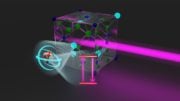
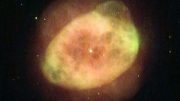



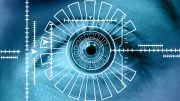
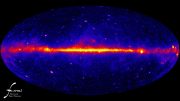

Good
Is there a way to be kept up to date? I’m an epileptic person with a strong genetic history of epilepsy, and I have a 5 year old with autism. I’m interested in learning more.
I have a young adult son who is autistic and suffers from epilepsy I would like to know more.
Following for granddaughter diagnosed with autism and epilepsy
I have a 26 year old Granddaughter who has Autism.
I would love a study to finally be done comparing the unvaccinated children who have nearly a 0% rate of autism to the over vaccinated children with autism. When can expect the truth to finally be accepted by the main stream medical community?